Citrus Salad with Basil-Coconut Sauce
I always do my food shopping on Saturdays. I go to the farmers market in the early afternoon and buy fresh fruit and vegetables for the week. Unless I have friends coming over for dinner, I almost never plan what I’m going to bring home – I just buy seasonal and fresh produce. Last Saturday, the market stalls were filled with tons of oranges, grapefruit, tangerines and lemons. Being a citrus lover, I couldn’t help but buying some, and on the way back home I even manage to peel and eat a giant orange while at the same time carrying all the bags packed full of fresh produce.
Back at home, I fantasized about baking an old fashioned orange cake with a beautiful orange glaze, but then I just thought that the fruit was so delicious and fresh that throwing it into a cake wasn’t the best way to make it justice.
I remembered years ago seeing Jamie Oliver on a show making a savoury basil sauce to go with a raw tomato salad, and that idea kind of got stuck in my head and ended up being the inspiration for this dish. The combination of flavours might seem unusual but it works incredibly well. I ate the salad as an afternoon snack but it could easily be served as a light dessert. Needless to say, there’s room for adaptations here: you can omit the grapefruit if you want to (subbing it for more orange and tangerine), or you can take a different route, by using pineapple instead of all the citrus (I bet it’s equally delicious).
Citrus Salad with Basil-Coconut Sauce
Serves 2
Note: all the fruit was weighted after being peeled.
For the salad:
185 g / 1 large grape fruit
166 g / 1 large orange
75 g / 2 small tangerines
2 Tablespoons dried coconut
a small handful of goji berries
for the basil-coconut sauce:
18 g / 1 medium bunch basil leaves
4 Tablespoons coconut milk
2 Tablespoons brown rice syrup
In a small skillet over medium-high heat, toast the coconut until it’s fragrant and just beginning to brown.
Cut the orange and grapefruit into 0,5 cm round slices. Split the tangerines into segments and remove the pits (if they have any).
In a blender, combine all the ingredients for the sauce and process until smooth. If it’s too thick, add an extra tablespoon of coconut milk.
Put the sliced fruit in a serving plate and sprinkle with the toasted coconut and goji berries. Drizzle with the sauce and serve immediately.
Little Energy Bites, Three Ways
The other day I was going to dinner at my brother’s and was asked to bring dessert. My first plan was to bake a cake – a carrot one – but I didn’t have much time and ended up improvising these raw truffles with the ingredients I already had at home. By now you already know that I’m the kind of cook who likes to “freestyle” in the kitchen, combining ingredients, adjusting here and there, and tasting as I go. The truffles I bring you today were made just like that, with the sort of approach I usually use when cooking savoury dishes.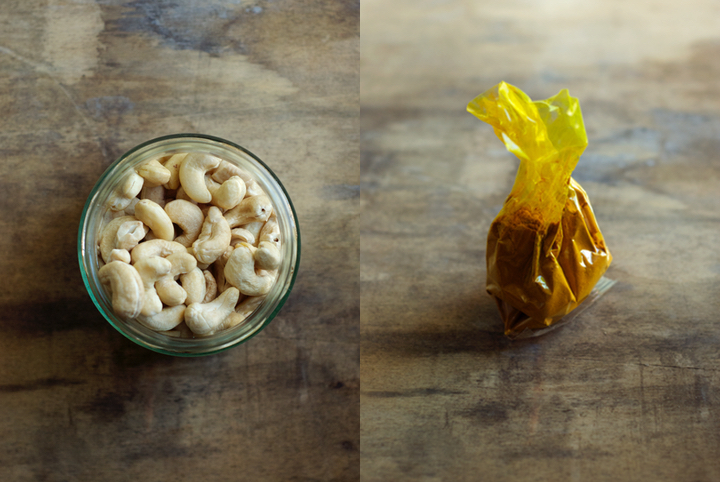
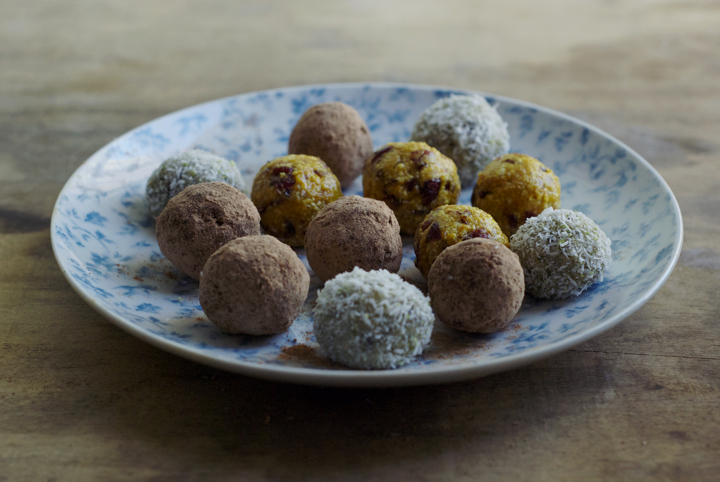
Turns out, everyone at the table loved the truffles. The cashew, currant and turmeric version is inspired in one of my all-time favourite protein bars, while the one with sunflower seeds and maca powder in it is my brother’s personal favourite (he likes warmer, toasty flavours). I’m particularly happy with the hemp seed, coconut and lime combo though, because it’s fresh and exotic at the same time.
Needless to say, you don’t have to stick with the ingredients I used and should feel free to make your own combinations too. Instead of sunflower seeds, you could use toasted hazelnuts, and if you’re not a fan of maca, you could probably substitute it for a combination of spices such as ginger and/or nutmeg (although not in the same proportion). The possibilities are endless here, just have some fun mix and matching and I’m sure you’ll come up with something delicious.
Little Energy Bites, Three Ways
makes 24 truffles, 8 of each flavour
Sunflower Seed, Figs & Maca
55 g / 1/3 cup + 1 Tablespoon sunflower seeds, lightly toasted
95 g / about 12 small dried figs, chopped
¼ teaspoon ground cinnamon
1 Tablespoon Maca powder
1 Tablespoon Water
pinch of salt
cocoa powder for coating
Add the sunflower seeds to the bowl of a food processor and run the machine until they’re finely ground. Add the remaining ingredients and process once again until a paste comes together. Form 8 truffles with your hands. Roll the truffles in cocoa powder and store in the fridge for at least 30 minutes before eating.
Cashew, Currants & Turmeric
78 g / ½ cup cashews
40 g / 1/3 cup currants
1 ½ Tablespoons brown rice syrup
1 teaspoon ground turmeric
zest of one orange
pinch of salt
Pulverize the cashews in a food processor. Add the remaining ingredients and run the machine until a paste comes together. Shape the mixture into 8 balls.
Refrigerate for at least 30 minutes before eating.
Hemp Seeds, Coconut & Lime
60 g / 1/3 cup + 1 Tablespoon raw shelled hemp seeds
2 Tablespoons brown rice syrup
5 Tablespoons dried shredded coconut, plus extra for coating
zest of one lime
pinch of salt
Combine all the ingredients in the food processor and run the machine until you get a paste-like mixture. Shape the mixture into 8 truffles – this mixture will be a softer than the other two, but the truffles will harden in the fridge. Roll the truffles into shredded coconut (I like to mix some extra lime zest with coconut). Refrigerate for at least 30 minutes before eating.
Vegan Tiramisu
For a long time I wanted to make a vegan version of Tiramisu, the classic Italian dessert. However, though, that required some planning as I had to make the cake or cookie base from scratch, and because I’m usually not so go at planning recipes ahead of time, I kept postponing and almost forgot about it. Almost.
The other day I was reminded of my Tiramisu mission while having dinner with my dutch friend Anne-Marie, who came to visit me here in Porto. We went to an Italian restaurant I particularly like and she ordered Tiramisu for dessert. We brainstormed a bit about what would be the best approach to veganize it (Anne-Marie is the ultimate Tiramisu connoisseur), and came to the conclusion that, instead of trying to mimic the regular version, by using whipped soy cream and the likes instead of the dairy cream, the focus should be on the core flavours and textures of Tiramisu: coffee, Amaretto and biscuits.
The creamy component of this dish is made by combining silken tofu and coconut cream, and I can guarantee you it’s quite a subtle combo, where you won’t either taste the tofu or be overwhelmed by the coconut flavour. As far as the biscuit part goes, I made a simple almond and amaretto cake that is then cut into thick slices and soaked with coffee. The final result is quite pleasant, not overly sweet and light in texture. Unfortunately, by the time I was making this dessert Anne-Marie have already returned home, but I’m positive she would give her approval. Guess I’ll make it next time we meet, we always happen to come up with creative food ideas when cooking together ;)
Vegan Tiramisu
(serves 6-8)
For the Almond Amaretto Cake:
Dry ingredients:
175 g / 1 ½ cups almond meal, slightly toasted in a dry skillet
270 g / 2 cups white spelt flour
¼ teaspoon fleur du sel
2 Tbs. flaxseed meal
1 ½ tsp. baking powder
Wet ingredients:
½ cup + 2 Tbs. brown rice syrup
125 ml / ½ cup soya or almond milk
2 Tbs. Amaretto
1 tsp. lemon juice
60 ml / ¼ cup olive oil
granulated brown sugar (1 to 2 Tbs.) and extra oil for coating the pan
For the Coffee Sauce:
185 ml / 3/4 cup boiling water
2 Tbs. coffee granules
2 Tbs. brown rice syrup
For the Coconut and Tofu Cream:
2 cans /400 ml full fat coconut milk, turned upside down and refrigerated overnight
1 package / 300 g silken tofu
1 vanilla bean, split lengthwise, seeds scraped and added to the bowl of a food processor
5 Tbs. brown rice syrup
1 Tbs. Amaretto
cocoa powder for coating
Pre-heat the oven to 180ºC.
To make the cake: In a large bowl, combine all the dry ingredients for the cake except the flaxseed meal. In another bowl, whisk together the wet ingredients along with the flaxseed meal. Put the wet mixture over the dry one and mix everything until a thick batter comes together.
Grease a rectangular baking dish with olive oil and coat it with the granulated brown sugar. Add the cake batter, smooth the top with the back of a spoon, and bake in the pre-heated oven for 35 to 40 minutes. Let the cake cool in the pan for at least 1 hour before unmolding and slicing.
To make the coffee sauce: In a heat resistant bowl, whisk the boiling water with the coffee granules and brown rice syrup until thoroughly combined.
To make the coconut and tofu cream: Open the coconut cans and discard the water (you only want the creamy part). Simply put all the ingredients in the bowl of a food processor and run the machine until the mixture is smooth and creamy.
To assemble: Cut the cake into 14-15 slices (they will be about 1cm thick). Add 5 of the cake slices to the bottom of a rectangular pan and cover them with half of the coffee sauce. Add half of the cream mixture on top of that, followed by 5 more cake slices and the remaining coffee sauce. Finally, cover with the remaining cream mixture.
Refrigerate the tiramisu for at least 24 hours. I like mine well chilled, almost frozen, so I cover the pan with cling film and put it in the freezer for 1-2 hours before serving (but only after it has chilled in the refrigerator). Dust the tiramisu with cocoa powder and serve.
Coconut, Roasted Banana and Passion Fruit Tart
I live in an apartment and therefore do not have any available outdoor space to grow vegetables and fruit (the balcony doesn’t count). However, though, I’m lucky enough to have friends who, knowing my obsession with food and natural produce, occasionally bring me goodies from their gardens. This time around, my dear friend Filipa has brought me tons of thyme, an extra large zucchini (they’re everywhere around this time of the year, aren’t they?) and a bag full of passion fruit.
I knew straight way what to do with the first two ingredients (a huge batch of za’atar with the thyme, and a simple zucchini and apple soup), but I struggled with the latter. I’ve never been a huge fan of passion fruit, but knowing how outstanding it looks on desserts, specially cheesecakes and the like, I decided to make a tart with it. I approached it the way I usually do with vegan cheesecake-y desserts – I’m not a fan of using tofu, so the filling was coconut and banana based, firmed up with the help of Mr. Agar. I was very happy with how it turned out, specially because the filling had just the right texture – not too firm, but not too jiggly either. Eaten cold, I dare say it was probably the best dessert I’ve made this year.
Coconut, Roasted Banana and Passion Fruit Tart
(serves 8)
for the crust:
1 cup sunflower seeds
1 1/2 cups oat flour (gluten free or not)
2 Tbs. flaxseed meal + 1/4 cup water
1/3 cup brown rice syrup
1/4 tsp. fine grain sea salt
1/4 cup coconut oil, melted
for the filling:
400 ml /2 cans full fat coconut milk
2 tsp. agar agar flakes
1/3 cup brown rice syrup
1 vanilla bean, split lengthwise, and seeds scraped
2 Tbs. tapioca starch
5 Tbs. water
for the passion fruit sauce:
6 medium sized passion fruit
3 Tbs. brown rice syrup
1. Pre-heat the oven to 180ºC/350F. Line two small trays with parchment paper. Add the banana, unpeeled, to one of the trays, and the sunflower seeds to the other. Put the trays in the oven and roast the seeds for 10-15 minutes (redistribute them halfway through, so they’re evenly toasted), and the banana for 5 minutes longer. Take the trays out of the oven and let the seeds and banana cool down.
2. When the toasted seeds are cool enough to handle, add them to a food processor and process until finely ground. In a large bowl, add the seeds, oat flour and salt. In another bowl, add the flaxseed meal along with 1/4 cup of water. Mix well and add the coconut oil and brown rice syrup, stirring everything together until thoroughly combined. Add the wet mixture to the dry one and mix until a firm dough comes together. If the dough seems wet, add a little more flour. Basically, it’s perfect as long as it doesn’t stick to your hands or the bowl.
3. Lightly oil a 33 x 9 cm non stick pie pan and, with your fingers, press the dough into it. Cover it with parchment paper, add some beans or pie weights and blind bake for 20-25 minutes, or until the edges of the tart are golden brown.
4. While the crust is baking, make the filling. In a small bowl, whisk together the tapioca starch and 5 Tbs. of water until well combined. In a small pot over low-medium heat, add the coconut milk, agar agar flakes, vanilla seeds and brown rice syrup. Whisk the mixture constantly for about 8 minutes. Now, add the tapioca mixture to the pot and whisk for additional 2 minutes, or until the liquid has thickened.
5. Unpeel the banana and add it to a blender or food processor. Add the coconut milk mixture and blend until smooth. Add the filling to the previously baked crust. Let it cool to room temperature and refrigerate for at least 2 hours before serving.
6. Right before serving, cut the passion fruit in half and extract their pulp with a spoon to a bowl. Add the brown rice syrup and stir to incorporate. Drizzle the sauce over the tart and serve.
Avocado and Kiwi Fruit Pudding with Lime
Avocado is one of those fruits I always keep handy. I used to use it strictly for making guacamole, but then I started incorporating it into salads and, more recently, smoothies and desserts. Fruit desserts and salads are something I’m particular fond of, and today’s recipe was born out of the need to use a great part of the huge bag of kiwi fruit my aunt gave us (she grew and picked it herself). Don’t be skeptical about the use of avocado in here: its primary function is to give creaminess, and you’ll barely feel its taste. On the other hand, if you’re planning on doing this, it’s key to use ripe kiwi fruit, otherwise it’ll taste bitter and give you this weird feeling in the mouth (at least that’s what happens to me when I eat it underripe). Also, and I know this comes with a bit of a delay, but I wish you all a great 2012, full of exciting projects and recipes (I made this list where I wrote down recipes I want to have on my repertoire, and Socca is the first in line, so I guess this is a hint of what might come up next in here).
*Another reason to convince you to try out the avocado-kiwi fruit combo: Jennifer and Jaclyn’s version of a similar pudding.
Avocado and Kiwifruit Pudding with Lime
(serves 4)
for the pudding:
2 avocados (I used one large and one medium sized), (320 g)
7 kiwis (310 g)
½ banana (50 g)
¼ cup (60 ml) agave nectar
zest of two limes
juice of one lime
garnish:
a few banana slices
2 to 3 kiwis, cut into cubes
fresh mint leaves
1. Put all the ingredients for the pudding in a food processor or blender and process until smooth.
2. Divide the pudding among four small bowls and add a few banana and kiwi fruit slices on top, as well as some mint leaves. Serve and enjoy!
(eggless and dairy-free) Crème Brûlée
I’ll start this post by sharing with you some of the kitchen disasters that have happened around here lately. The first one happened a couple days ago, when I attempted to make some hazelnut cookies: some minutes after I’ve put them in the oven, we heard some noises coming from the oven, and in the end it turned out one of the oven glasses has broken. Surprisingly, the cookies weren’t affected and were still edible.
The second disaster happened a few days later: I was working on this crème brûlée recipe and used the food processor to blend all the ingredients I was going to use; suddendly, when trying to pull out the blender jar, all the liquid spilled away on the floor – perhaps I didn’t attach the jar properly to its base? After cleaning the kitchen floor, table and counter, I was determined to start over again – I wanted crème brûlée and, whatever happened next, I’d have my serving of it that night.
This créme brulée fever has triggered thanks to the MasterChef Australia (a TV show I’m completely addicted to, by the way) as in one of the shows I watched recently, the contestants were taught, in a masterclass, how to perfectly make the said dessert. I never cared too much for crème brûlée, but the moment I saw and heard on the show that burnt sugar surface crackling with the hit of the spoon, I was determined to make my own version of the french classic. The MasterChef recipe, even though looking (and certainly tasting) incredible, relied on eggs to get that pudding like texture – soft, smooth, but somehow solid. My purpose, when attempting at making an eggless version, was to achieve a similar consistency as it is nearly all crème brûlée is about. Arrowroot flour and agar agar flakes were then used in order to give creaminess and structure to this vanilla flavored custard; to finish things off, a good layer of golden and sort of smokey-tasting sugar was added, for extra sweetness and yumminess.
(eggless and dairy-free) Crème Brûlée
(for 5 sevings)
ingredients:
4 cups (1 liter) non-dairy milk (I used soy milk, but almond milk would work as well)
1/3 cup (65 grams) muscovado sugar (plus extra, for the topping)
4 ½ tablespoons arrowroot flour
1 3/4 teaspoons agar agar flakes
1 ½ teaspoons vanilla extract
1 cinnamon stick
Notes: I’ve used agar agar flakes in here, and even though I’ve blended all the ingredients in the food processor before actually start cooking (as it’s suggested below), I could still feel some little pieces of agar which haven’t been blended properly. They were so few I actually didn’t mind, but if you want to avoid this, use powdered agar instead – you have to use less, I’d say ¾ to 1 teaspoon (I haven’t tested, so this is merely referential). On the other hand, feel free to use a vanilla bean (split in half, lengthwise, seeds scrapped straight into the pot) instead of vanilla extract.
1. Put all the ingredients in a food processor or vitamix and mix, at medium-high speed, for 30 seconds, or until everything is well blended.
2. In a large pot over medium heat, pour the mixture and stir with a spoon, until it barely starts boiling. It might happen that some scum forms on the surface – you can skim it off easily with a metal spoon. As soon as the liquid is boiling, decrease the heat to low and continue to whisk vigourously for 10 to 12 minutes longer. The mixture should thicken up substancially and you’ll know it’s ready when, while stirring, the spoon leaves trail marks, showing off the bottom of the pot.
3. Divide the créme brulée among 5 ramekins, and let them cool at room temperature. Once cooled, refrigerate for at least 30 minutes.
4. To make the “burnt” topping, add 1 tablespoon of sugar on top of each serving and, using a kitchen torch, caramelize the sugar, working in circular moves. Add up to 1 more tablespoon of sugar to each rameking, if you want a slightly more thick topping.
5. Let it set for 5 minutes before serving. Bon appetit!
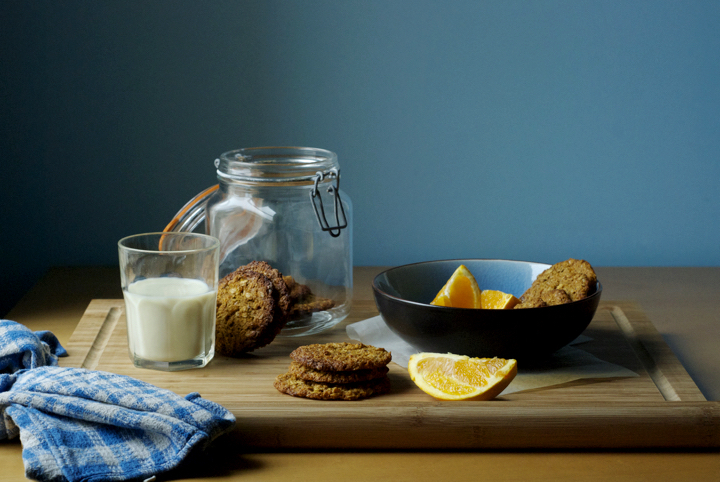
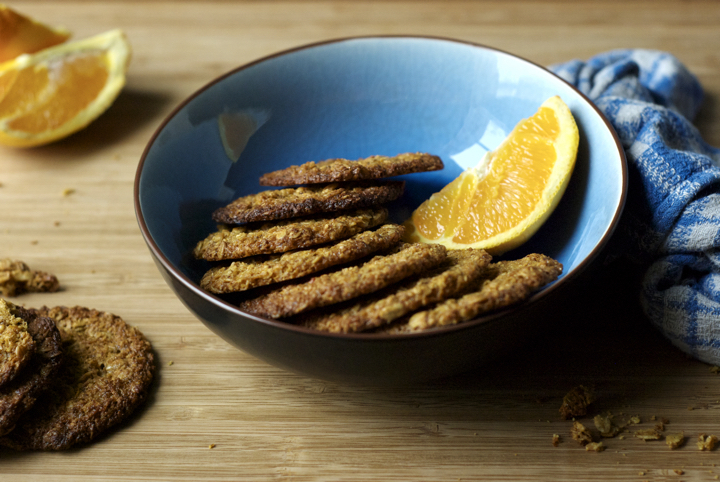
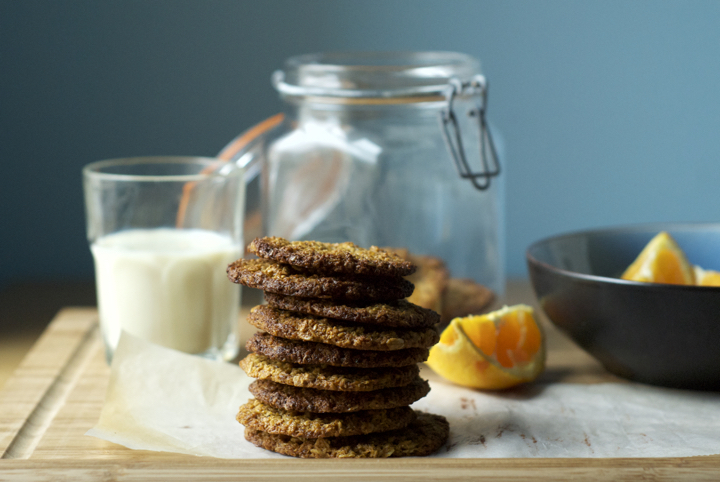
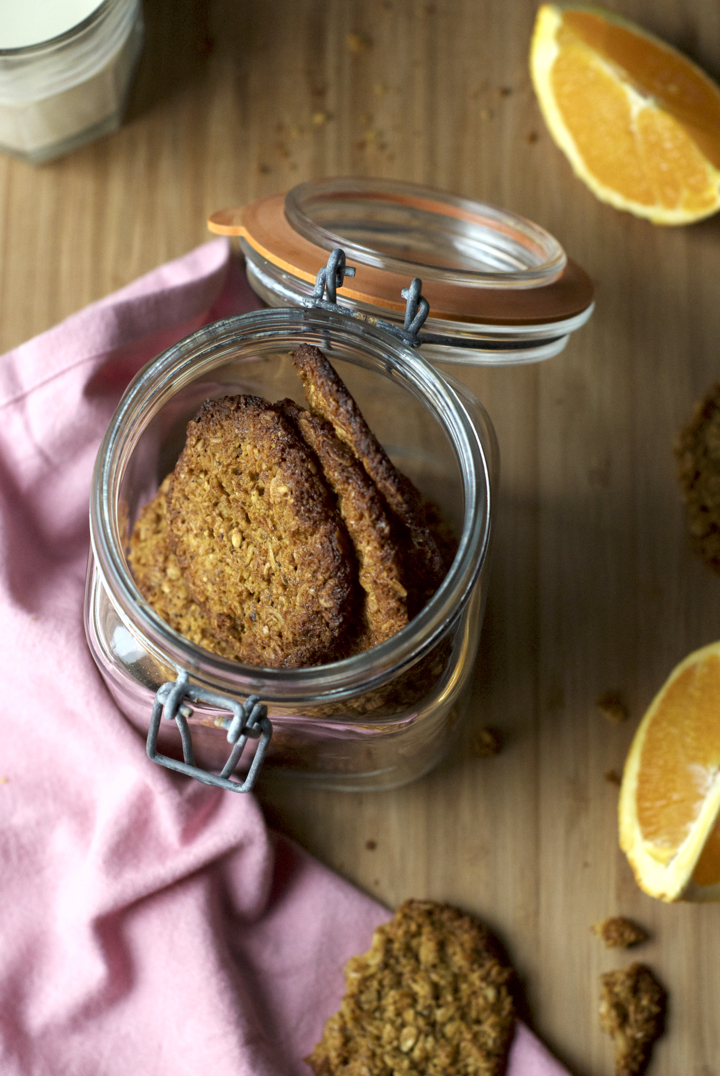
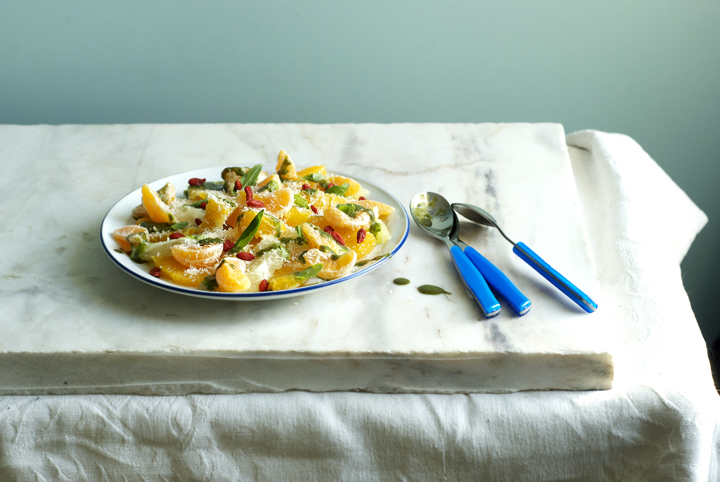
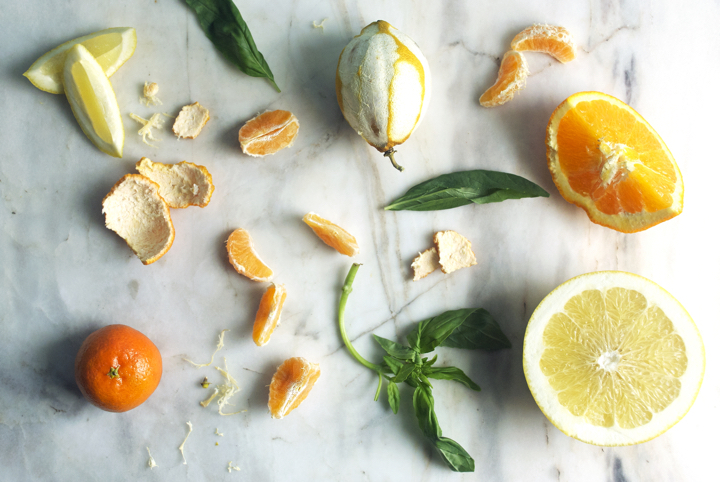
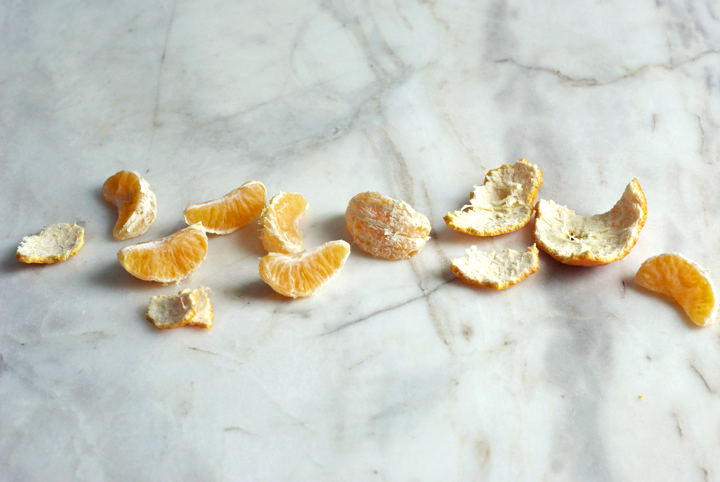
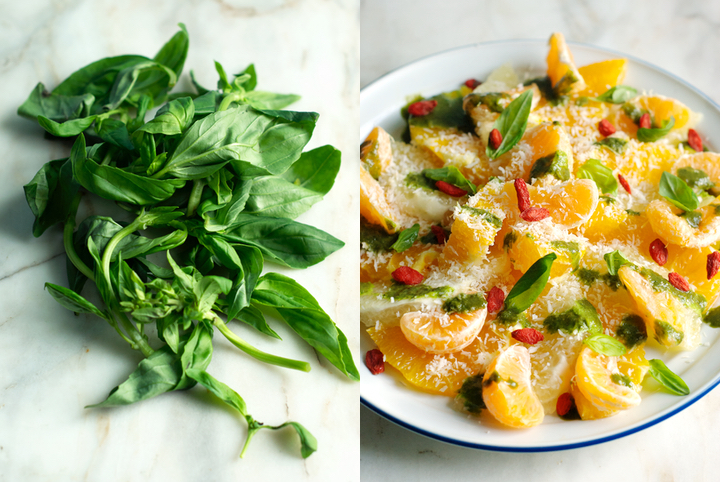
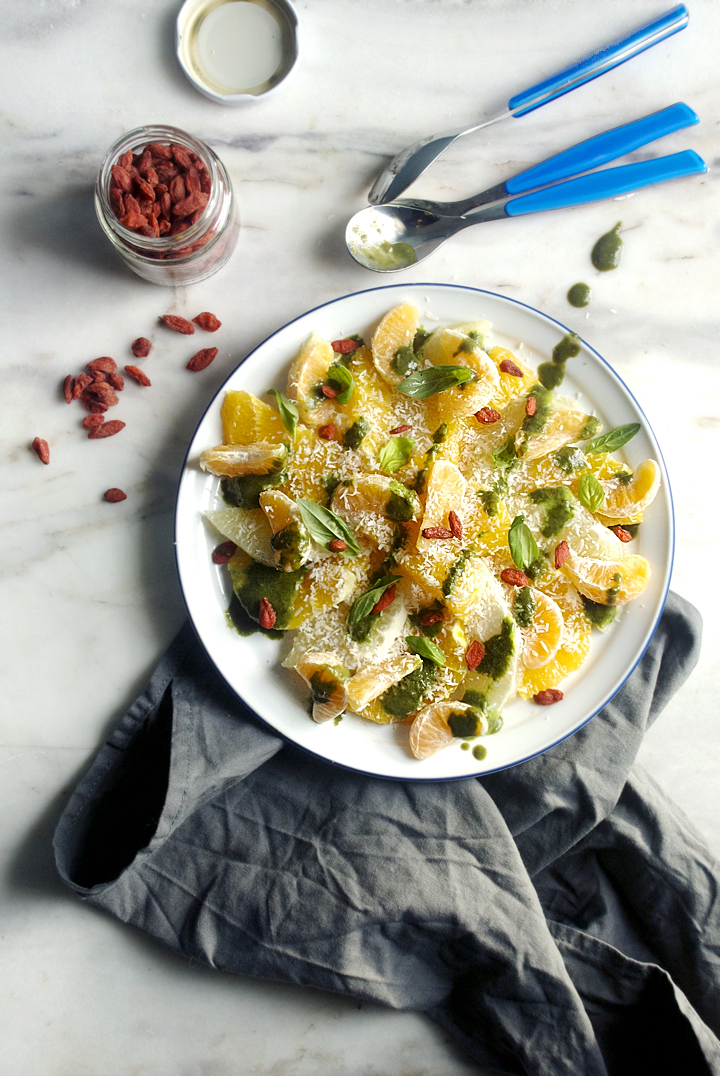
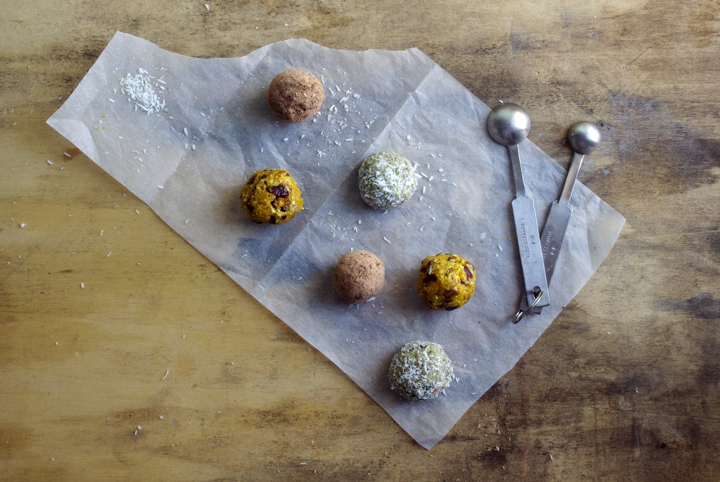
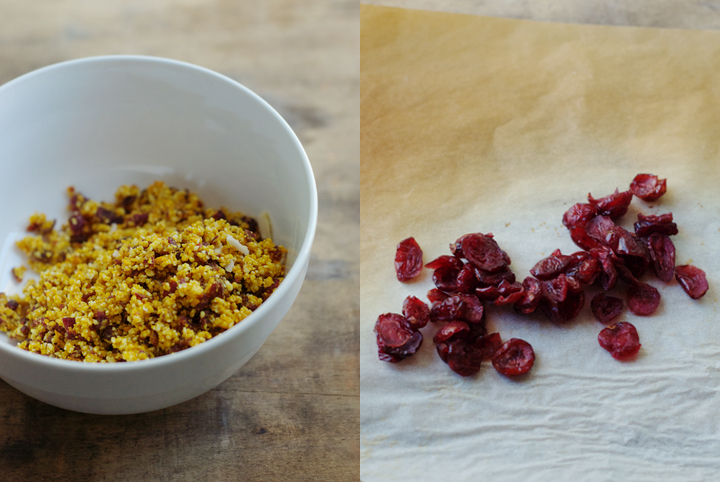
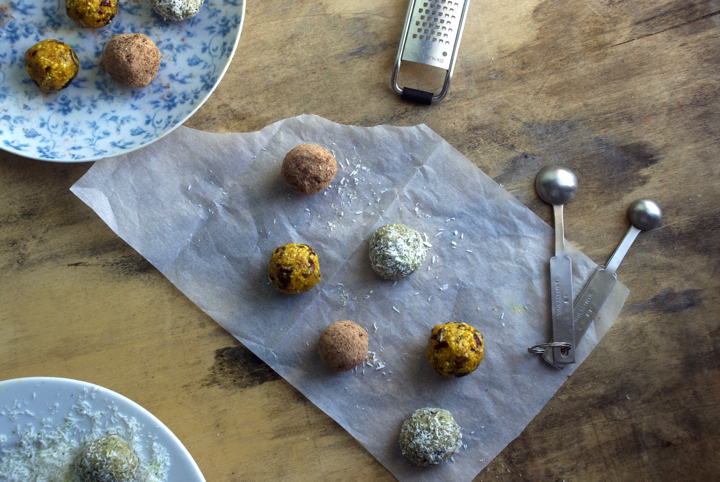
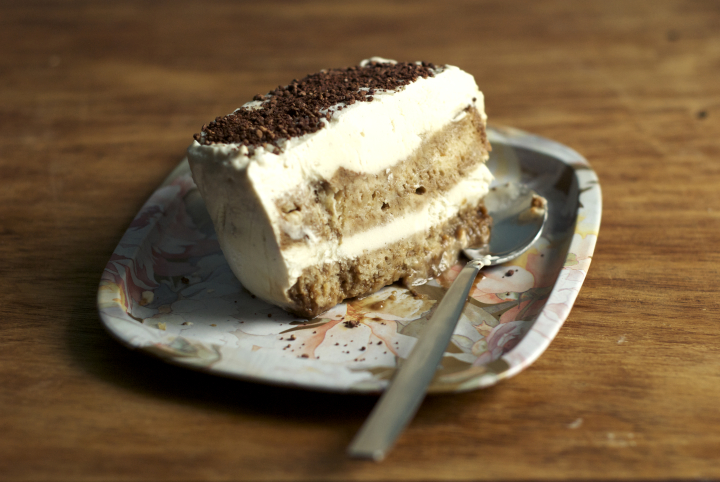
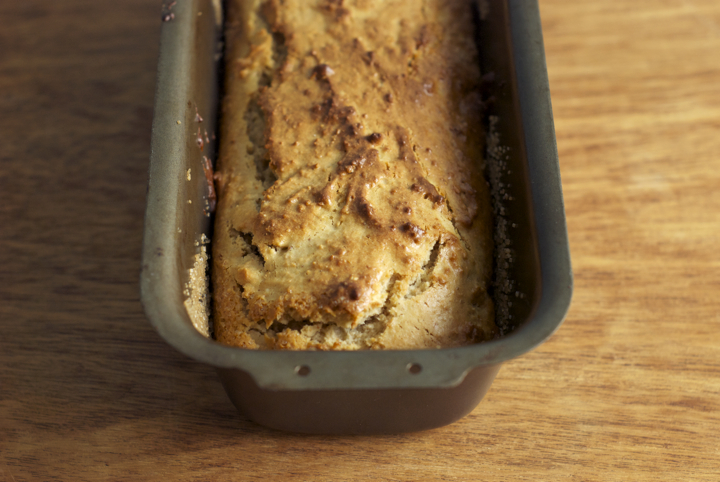

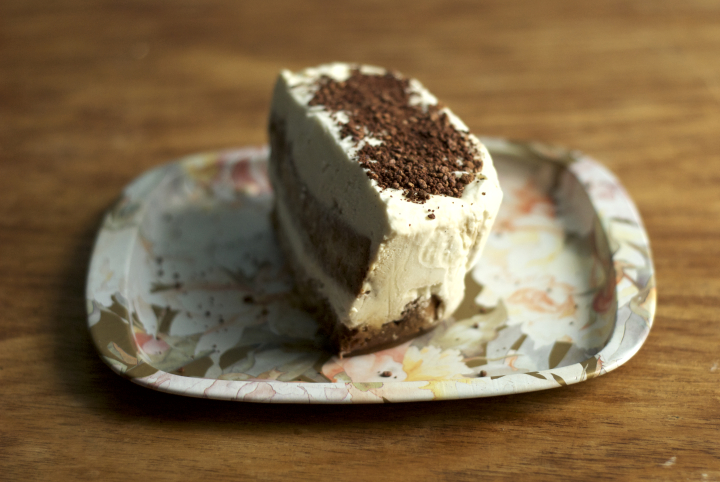
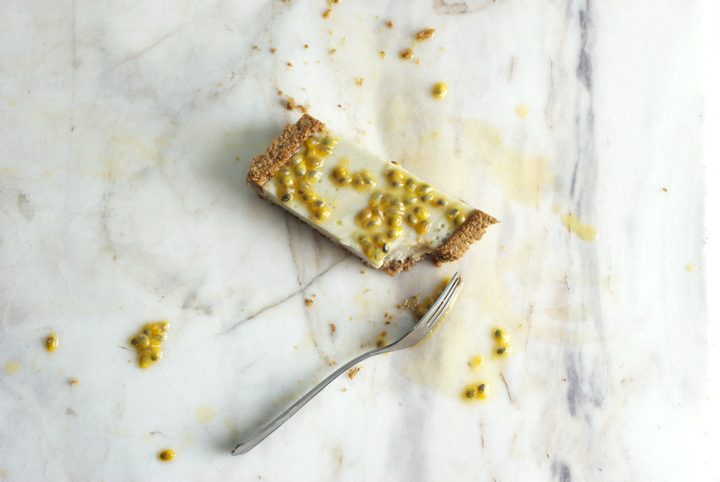
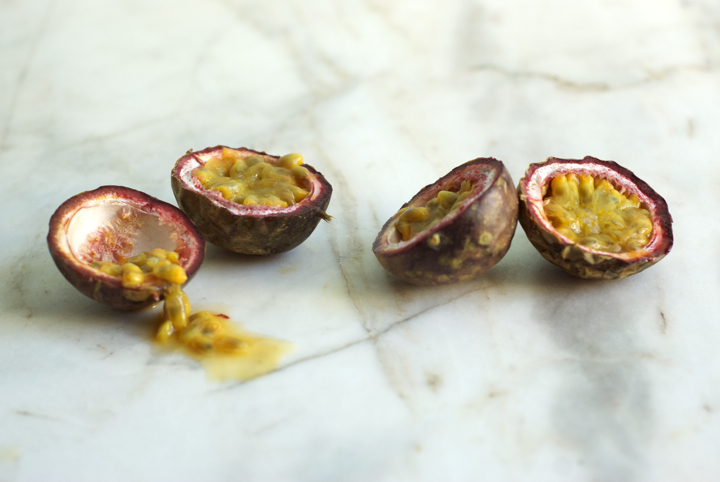
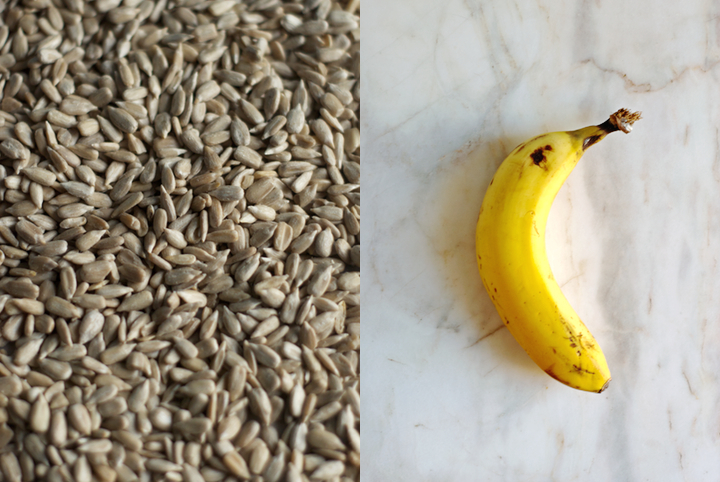


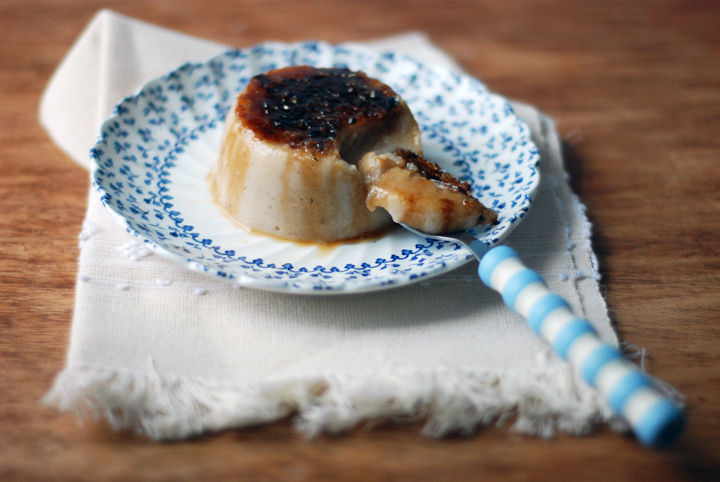
8 comments